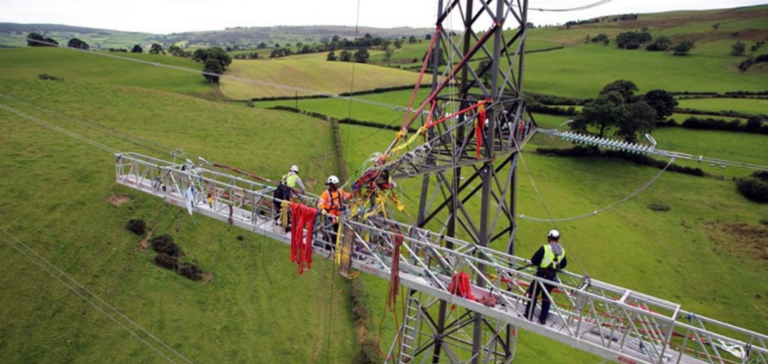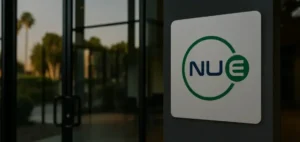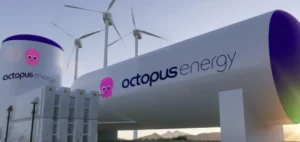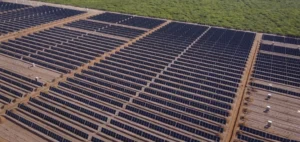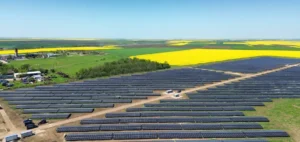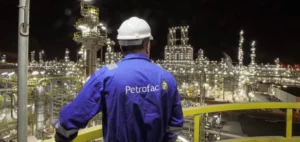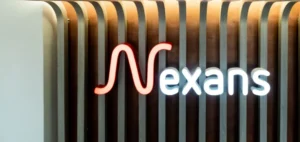Vinci, marks a strategic turning point by announcing its intention to diversify into the high-voltage renewable energy transmission sector. Indeed, this initiative, described as having “gigantic” potential, represents a significant step in the Group’s evolution.
A Proposed New Financing Model
Vinci Chairman Xavier Huillard emphasized the scale of the investment required to complete this world-class project. He stressed the inadequacy of traditional public funding, citing the example of RTE in France, and called for the adoption of new financing models. Industry players are actively considering public-private partnerships (PPPs), already common in infrastructure projects such as airports and freeways, as a viable solution for the energy sector.
Towards an Infrastructure Adapted to New Energy Requirements
Huillard explained that the proposed model differs from traditional concessions. Instead, it would be a system of remuneration based on time of use, guaranteeing the availability of the infrastructure according to forecast needs. Vinci, through its subsidiary Cobra IS, already has experience in this field, notably in Brazil, where it took part in the construction of 34,000 km of very high voltage lines over 20 years.
Emphasis is also placed on the need to develop innovative conversion stations. These installations, which are essential for connecting offshore wind turbines, will convert alternating current into direct current, thus reducing energy losses during transmission. Huillard highlighted the colossal investment required for these conversion stations, estimating the cost at over a billion dollars for a gigawatt-peak produced offshore.
Vinci’s high-voltage renewable energy transmission project represents a strategic turning point for the company. By combining technical innovation and new financing models, Vinci has embarked on a promising path towards meeting today’s energy challenges.


